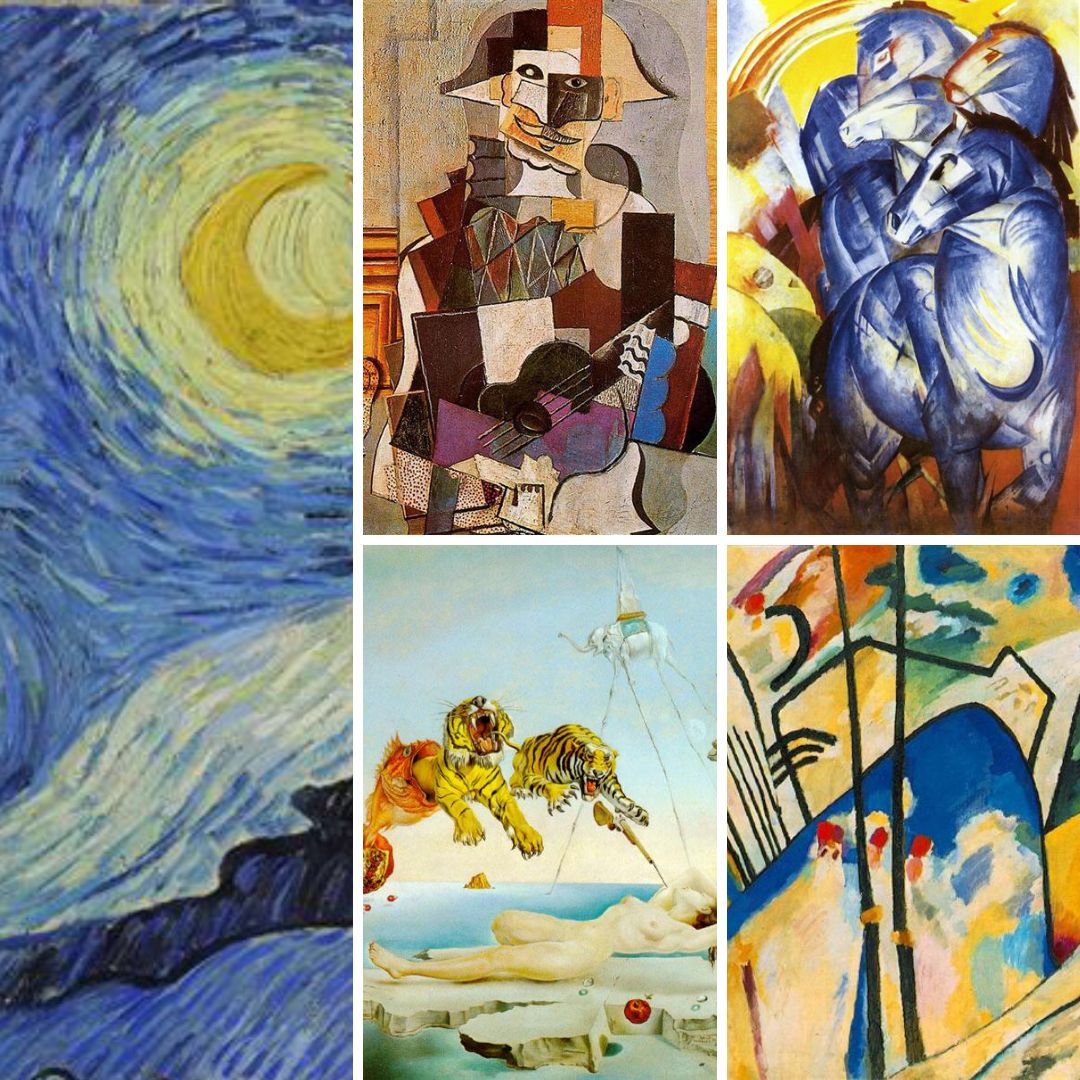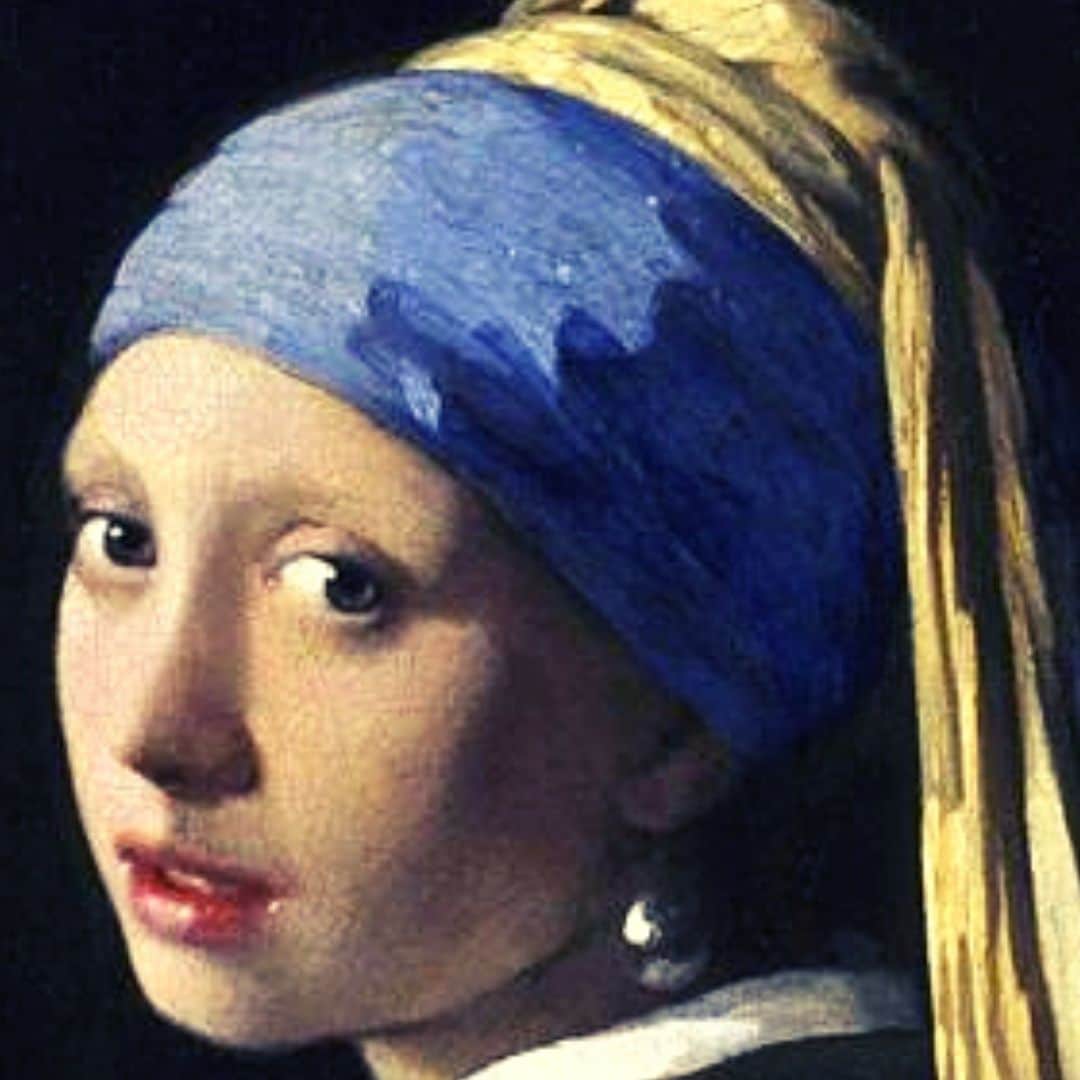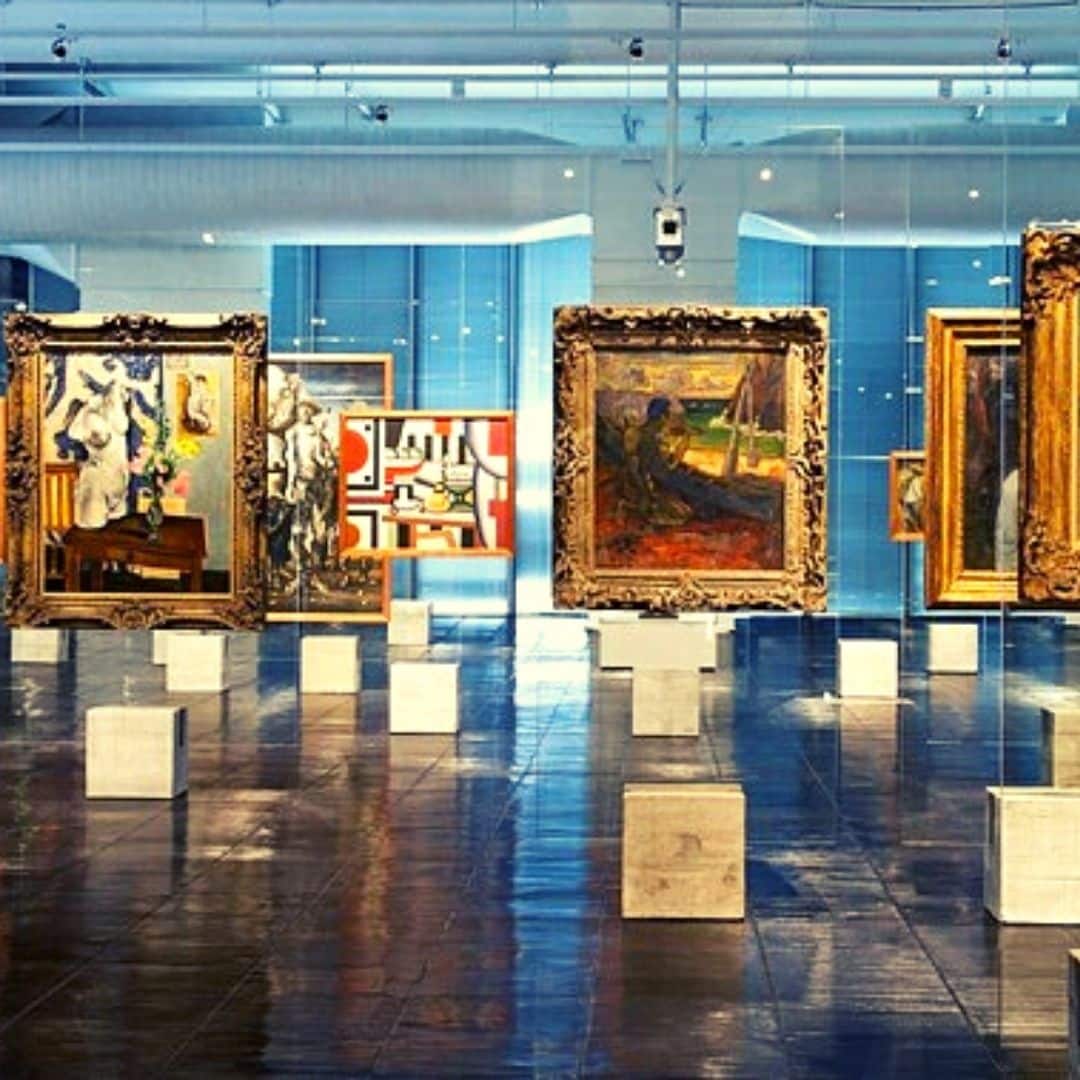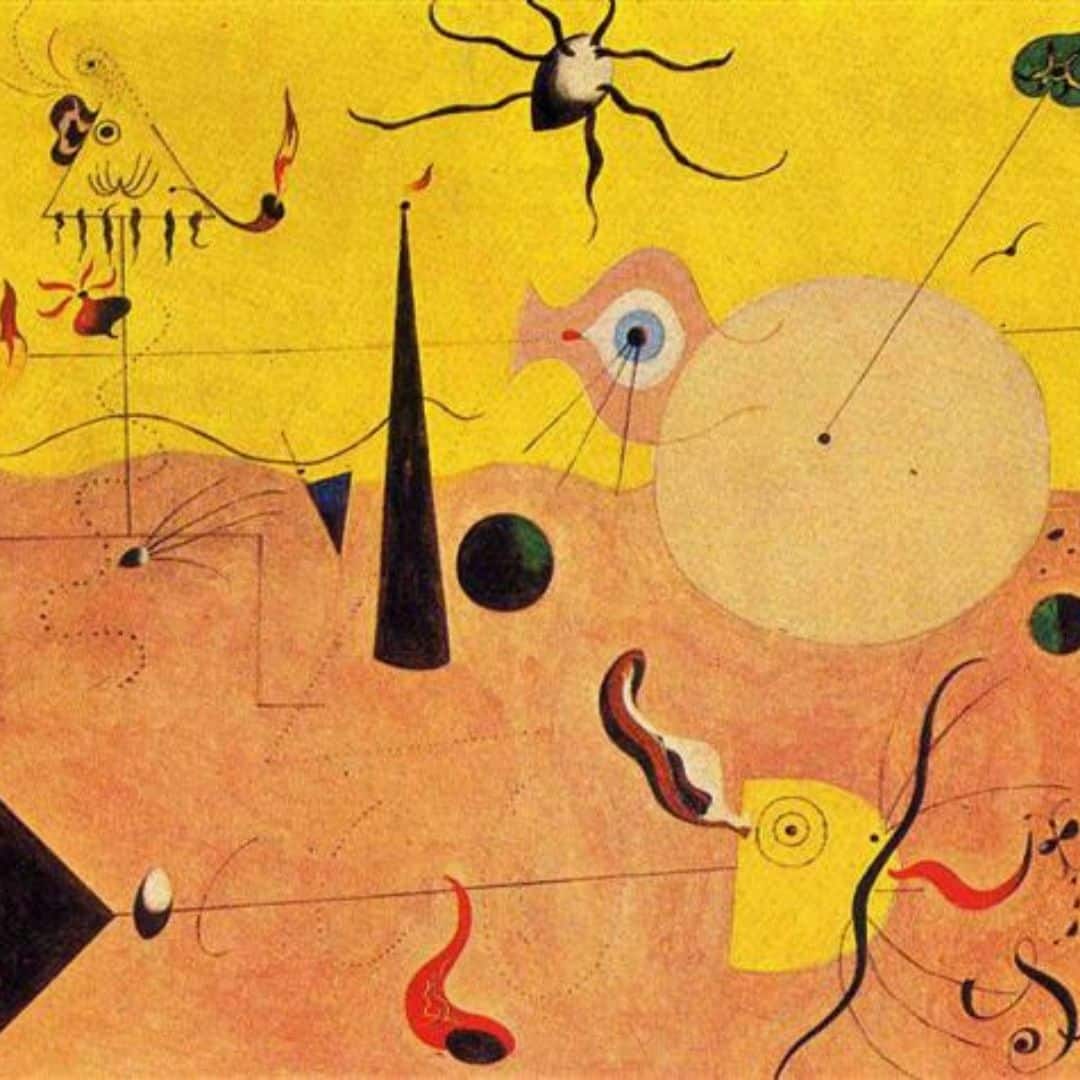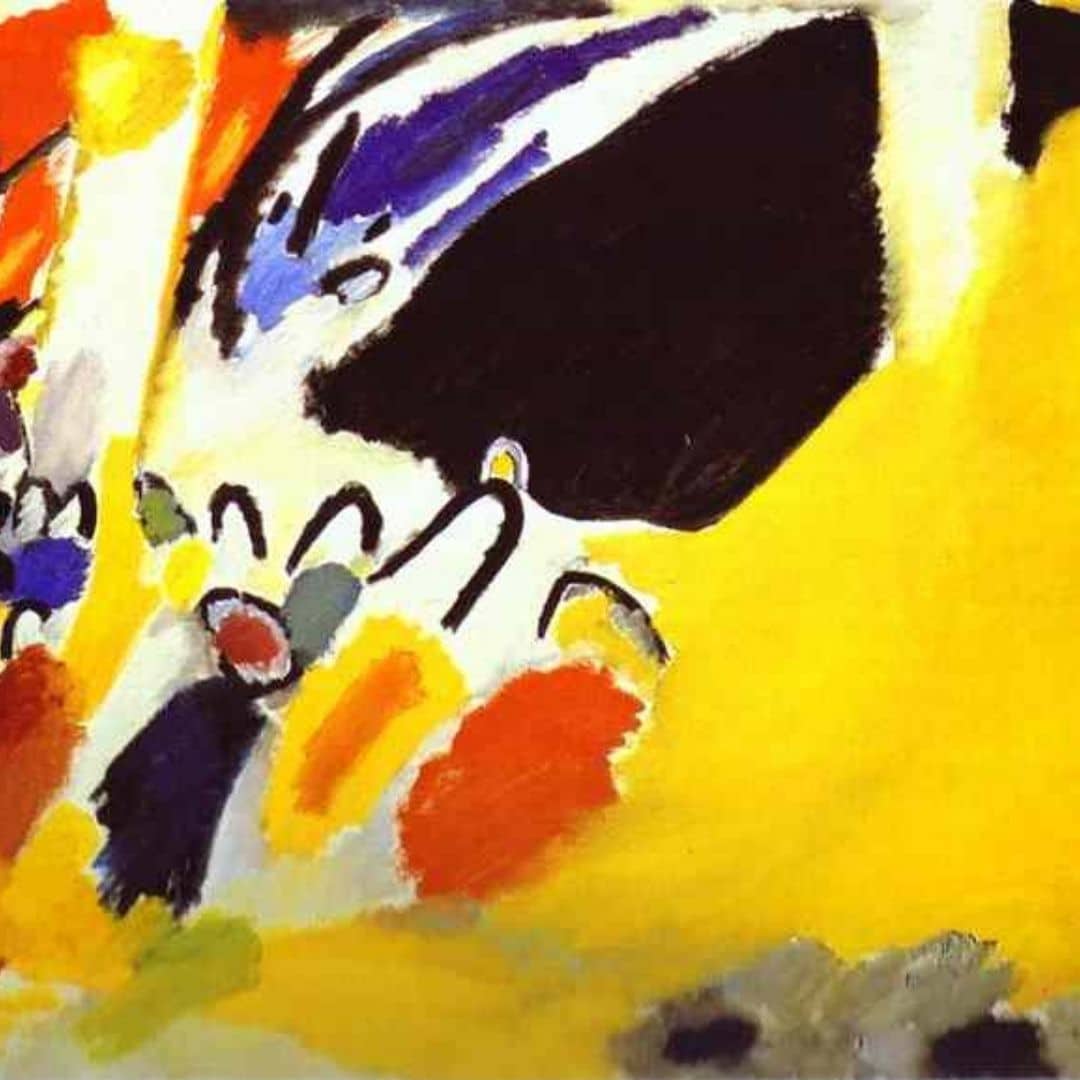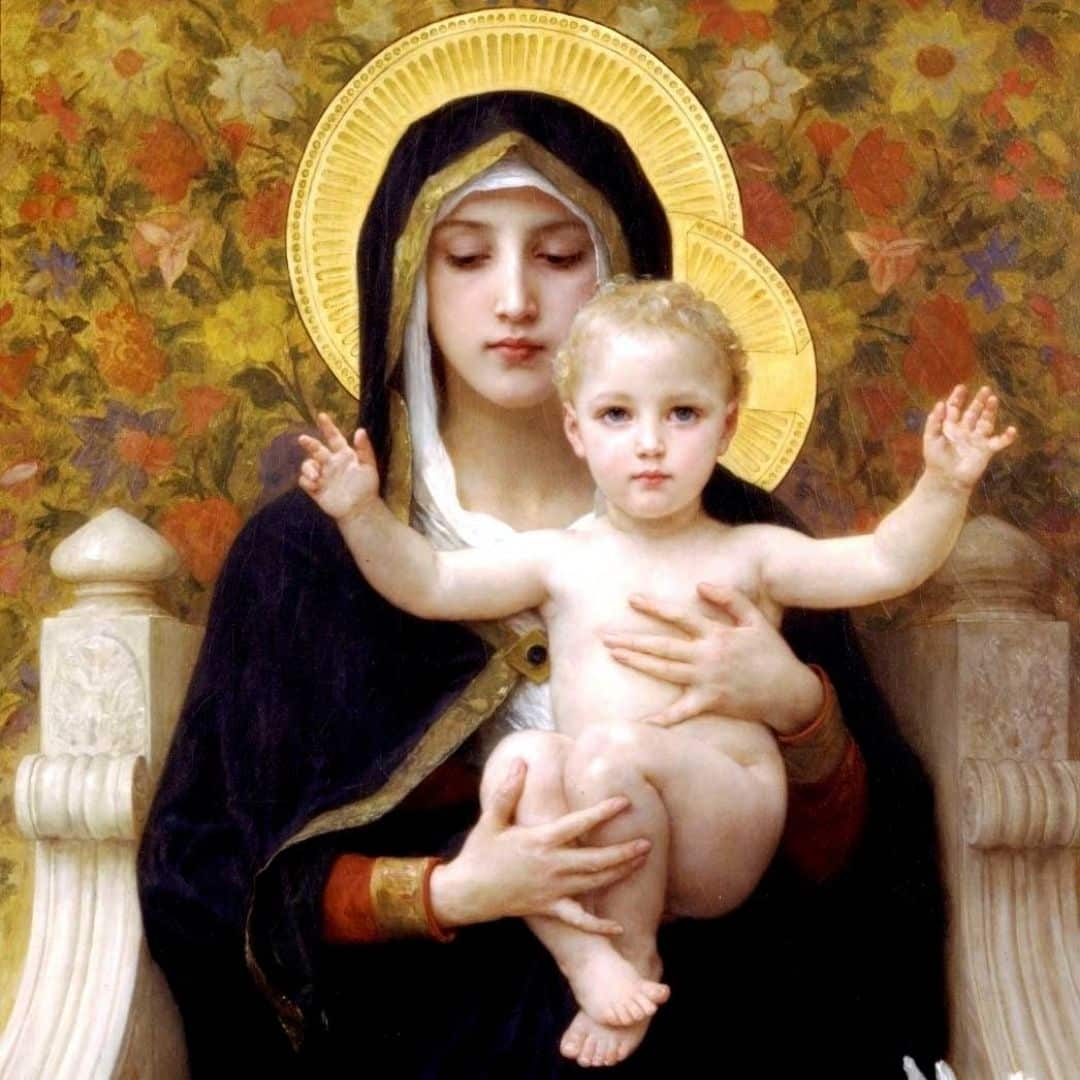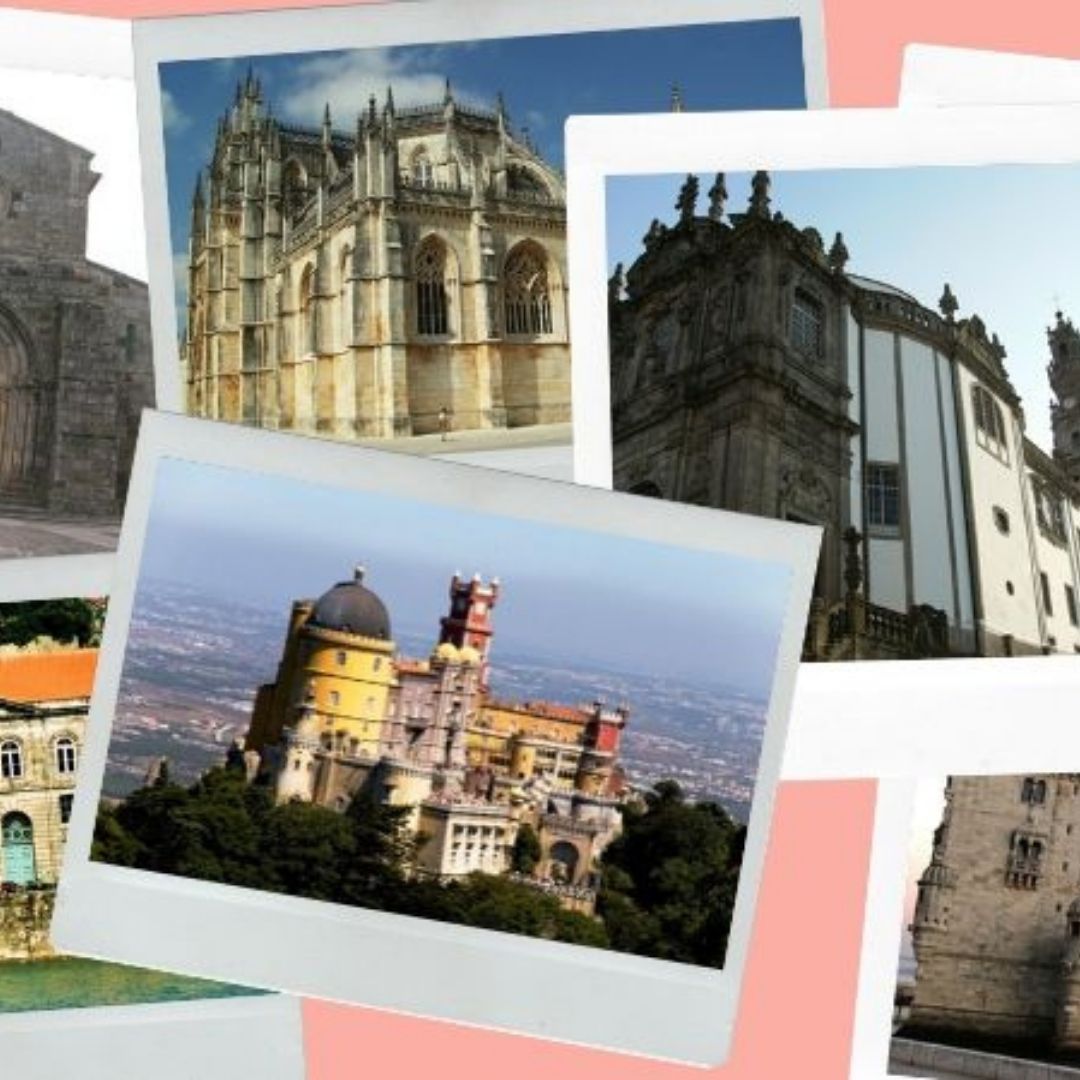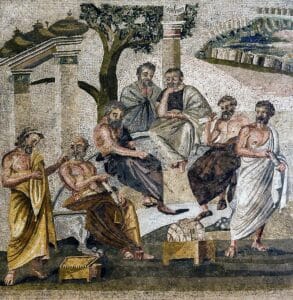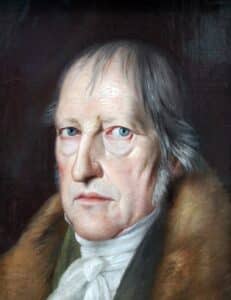In this article we will pose the question what is art and, obviously, we do not present an answer but a reflection from the ideas of great thinkers about what is art .
And this is because human creativity is inexhaustible.
The ability to use techniques, supports, expressions, languages, materials, senses, feelings for the production of Art will never fit in a concept, a definition, or an explanation.
We just want to reflect a little, with you, about what is art , from some definitions of 8 philosophers.
Follow us in this text by Rute Ferreira. Author of the Certificated online courses Art Curating and Art Market.
What is Art – the concept
Just like language, it is dangerous to try to lock art into a concept.
We risk not being able to understand everything it encompasses or everything it means.
However, some authors offer us indications of what characterizes a work of art, so that from then on we can know more clearly what we are talking about.
E.H Gombrich, in The History of Art, clarifies that art as “the exercise of such activities as the building of temples and houses, the making of paintings and sculptures, or the weaving of patterns” is inherent to all peoples on earth, therefore.
“no people in the world exists without art”.
(Gombrich, 2015)
A few years ago, Gombrich’s definition would have been enough for us to know what takes us to a museum, gallery, or other exhibition space.

With the change of several paradigms, however, this task has become more complex.
What is Art today
Today, it is not only paintings and sculptures that are found in these places, but also installations, happenings, performances, among many other activities that take place in spaces where limits and borders no longer exist.
Art today is more complex than in any other period of history.
In The Disenchantment of Art, Rochlitz says:
“Only art presents, in each epoch, a ‘definitive’ image of the world (…). Through its cognitive, ethical, political, etc. dimensions, art refers to all dimensions of life”.
In fact, no other human production is able to follow so closely and honestly the trajectory of humanity.
Therefore, it is natural that the traditional means of production and appreciation of art are being questioned and changed with time.
This does not mean that paintings and sculptures are outdated. Anyone who goes to an exhibition usually expects to find exactly this kind of object.
But what makes a painting or sculpture, for example, a work of art?
What makes thousands of people visit museums like the Louvre every year to see the paintings on display there?
Next we present the concepts of Art by great philosophers, from Plato to Benjamin.
what is art in philosophy
It is in the philosophy of art that we find a range of knowledge that can help this reflection.
In the book The Work of Art: Essays on the Anthology of Works, Michel Haar selects and discusses some philosophical assumptions of art over time. He states:
“Every work of art is, both first and ultimately, an inseparable unity of the meaningful and the sensible.”
We can organize, based on Haar’s writings, a short summary about the idea of art in philosophy.
What is Art to Plato
The artistic image is inadequate to being (the idea) and to the entity (thing represented).
What is art for Aristotle
Art is not only a representation of what things are, but also of what they seem to be, the verisimilar, or what they should be, the ideal.
What is Art to Kant

Cover of Critique of Pure Reason, 1781
Art produces, no doubt, aesthetic pleasure, which is pure pleasure of reflection and not pleasure of fruition.
But nature produces much more this pure pleasure.
What is Art to Schopenhauer
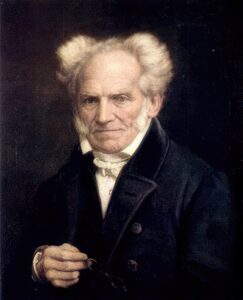
Schopenhauer’s Portrait
A work of art is both an object and an idea.
Art is a medium designed to facilitate the knowledge that constitutes aesthetic pleasure.
What is Art to Schelling
If a work represents only the particular and not the infinite and universal, it is not worthy to be called a work of art.
What is Art to Hegel
Art must express the universality of feelings.
It perishes when it commits itself to painting purely individual traits.
What is Art to Nietzsche
The artist’s quest consists of the contradiction Apollo x Dionysus:
Being, permanence and stability versus devir, destruction and change.
In Greek mythology, Apollo and Dionysus are both sons of Zeus. Apollo is the god of reason and the rational, while Dionysus is the god of madness and chaos.
What is Art to Benjamin
The work of art – and its consequent criticism – is an exercise in approaching Truth.
These concepts, widely discussed and rescued in the philosophy of art, serve to offer a path about what is art .
Note that the discourses cross and oppose each other, precisely because each author was inserted in a different historical context.
This is a fundamental point to understand the work of art and what characterizes it. Xavier Greefe, in Art and Market, says that:
"Today there is great confusion about knowing what a work of art is and what its limits are. Are works of art born as such or do they become so because a "director" so decided or because specialized houses, called artistic institutions, presented them as such? (...) Whether the work is part of the ars or of the techne, it is, in any case, the product of a human aptitude.
Being the product of a human aptitude, I say it again: art questions, problematizes, and responds to its own time.
Which doesn’t imply that works of art from the 15th century don’t speak of problems that we are going through.
Good works of art will always have this character of universality and timelessness.

